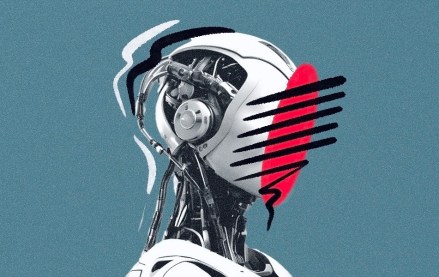
Are you an ENFP struggling to connect with your INTJ significant other? We’ve all been there.
If, however, that sentence made no sense to you, then you might not be a millennial.
ENFP and INTJ are “types” described by the Myers-Briggs Indicator Test, a 60-year-old personality test that is experiencing a cultural renaissance of sorts thanks, in part, to readers of millennial publisher Thought Catalog. After a Thought Catalog post by staff writer Heidi Priebe called “The Definition of Hell for Each Myers-Briggs Type” went viral on May 14, 2015, Google searches for the term “Myers-Briggs” skyrocketed to 100 on the 0-to-100 scale. The search term has hovered around 2o-30 since then.
Priebe has written about the test for Thought Catalog since September 2014. Her angle is to apply the test to specific situations: “What We Forget To Thank Each Myers-Briggs Personality Type For,” “ENFP Answers: Should I Leave My Partner To Pursue A Stronger Attraction?” There’s always been Myers-Briggs content on the Web, but as Priebe told Digiday over email, “I wanted to find a way to make that theory relatable and applicable to a younger audience, so I took it upon myself to start writing about it.”
She’s inspired a slew of imitators (Myers-Briggs type: ENTP, probably). Wired, Fortune, Flavorwire, and Bustle all glommed on to the Myers-Briggs beat in May and June with their own riffs on the trend. Now you can read up on best classic books for Myers-Briggs types, the potential for personality data in workplace communication, and the scientific shakiness of the test itself. It’s also a feature of online dating profiles with high millennial usage, notably Tinder and OkCupid.
Based on the typological theories of Swiss psychiatrist Carl Jung, the 60-year-old Myers-Briggs Type Indicator is a collection of 16 personality “types” that rates your personality based on your attitudes, functions, and lifestyle preferences. It was initially popular with employers looking to create a more harmonious workplace through hiring the right combination of “types.” Today, the potential for MBTI-inspired harmony motivates Priebe’s writing for Thought Catalog, where her MBTI-tagged stories average eight times more traffic than non-Myers-Briggs fare: “In a generation that values connection and tolerance, the MBTI is a great tool for learning to understand both ourselves and each other,” she said.
Warm fuzzies aside, there is plenty of skepticism around the test’s accuracy. In 2005, the American Psychological Association published an article warning about over-reliance on the test. People don’t seem to mind though.
Its popularity among millennials might be due to a societal bent toward self-absorption, brought on by increasing economic prosperity. In other words, once people aren’t worried about where their next meal is coming from or whether their offspring will die in childbirth, they become more interested in themselves and how they interact with others. Rinse, repeat and hand it down to the next generation.
“It’s always been fairly popular, like all personality tests,” Jean Twenge, author of “Generation Me,” told Digiday. Millennials, said Twenge, are “interested in understanding themselves.” Even in these economically precarious times, millennials still display high “self-focus.” According to research conducted by Twenge and two colleagues, “We did not find a dial-back in positive self-views [post-recession].” How very INFJ of them.
More in Media

AI fatigue sets in among workers and company leaders
About half of business leaders report declining company-wide enthusiasm for AI integration and adoption, according to a recent EY pulse survey.

Media Briefing: The top trends in the media industry in 2024
This week’s Media Briefing takes a look at the top trends from 2024, from AI licensing deals to referral traffic challenges.

WTF is agentic AI?
Generative AI is being shoulder barged out of the way by the latest term du jour: “agentic AI.”





